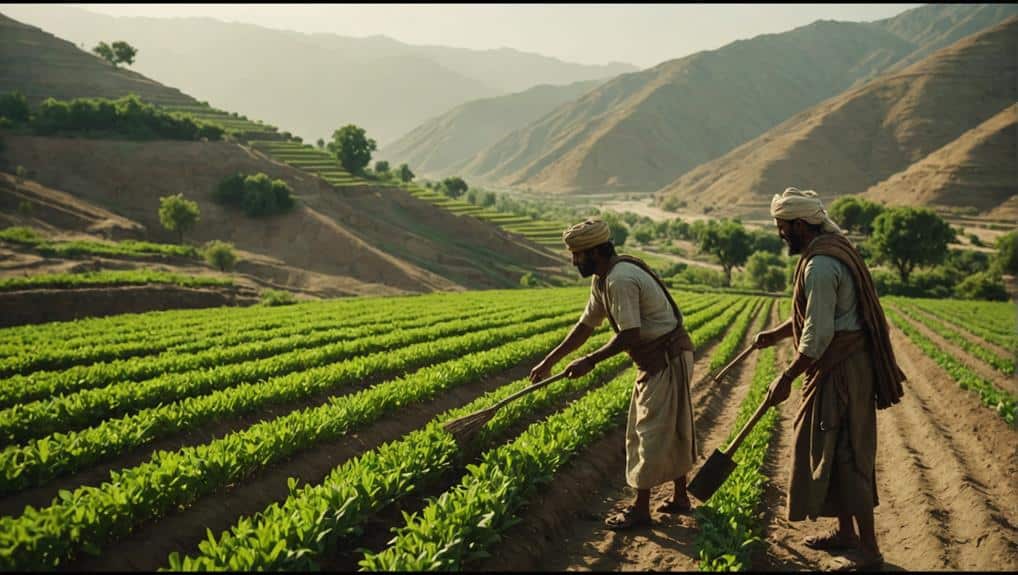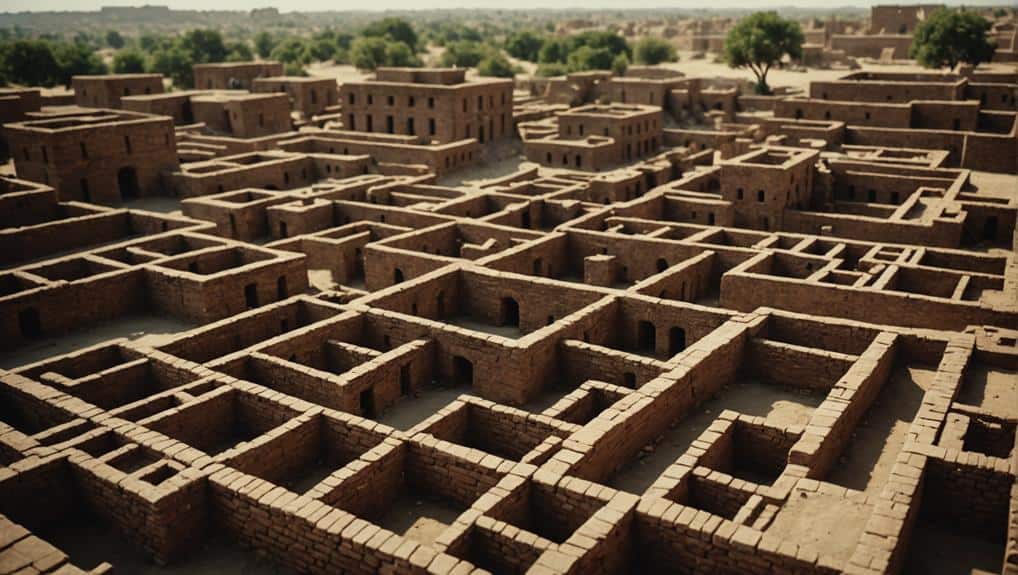The Indus Valley Civilization, one of the world’s earliest urban cultures, flourished around 3300 to 1300 BCE in the northwestern regions of South Asia. Known for its advanced urban planning, sophisticated craftsmanship, and extensive trade networks, this civilization covered parts of modern-day Pakistan, India, and Afghanistan. It remains one of the most enigmatic ancient civilizations due to the undeciphered script of its inhabitants and the relatively scarce understanding of its political and social structures.
Overview of the Indus Valley’s Geographical and Historical Context
The Indus Valley Civilization was primarily located along the Indus River and its tributaries, providing a fertile area for agriculture and settlement. This strategic location enabled the civilization to thrive through robust agricultural practices, supported by the seasonal monsoon rains and the river’s floodwaters, which enriched the soil. The civilization’s timeline is generally divided into three phases: the Early Harappan, Mature Harappan, and Late Harappan periods.
Major Cities
Harappa
Harappa, located in present-day Pakistan, was one of the major urban centers of the Indus Valley Civilization. Excavations at Harappa have revealed a well-planned city with fortified walls, grid-patterned streets, and advanced drainage systems. The city was a hub of economic activity, featuring workshops for bead-making, metallurgy, and pottery.
Mohenjo-Daro
Mohenjo-Daro, another significant city of the Indus Valley, is situated in the Sindh province of Pakistan. Like Harappa, Mohenjo-Daro exhibited remarkable urban planning, with standardized fired brick constructions, wide streets, and an intricate drainage system. The city’s layout included residential areas, public buildings, and what is believed to be a central marketplace.
Urban Planning and Architecture
Advanced Drainage Systems
One of the most impressive features of the Indus Valley Civilization was its advanced drainage system. Both Harappa and Mohenjo-Daro had extensive networks of covered drains and sewers, designed to manage wastewater and maintain sanitation. This level of urban infrastructure was unparalleled in contemporary ancient civilizations.
Residential and Public Buildings
The architecture of the Indus Valley cities included both residential and public buildings. Homes were typically built with standardized baked bricks and included multiple rooms, courtyards, and wells. Public buildings, such as granaries, baths, and assembly halls, indicated a high degree of social organization and communal life. The Great Bath of Mohenjo-Daro is a notable example of such public architecture, likely used for ritual bathing or other communal purposes.
Economy and Trade
Trade Networks with Mesopotamia
The Indus Valley Civilization had extensive trade networks that connected it with other ancient civilizations, including Mesopotamia. Archaeological findings, such as Indus seals and beads in Mesopotamian sites, suggest a robust exchange of goods and ideas. Trade items included cotton textiles, beads, metals, and pottery, facilitated by the civilization’s strategic location and access to river and sea routes.
Crafts and Industries
The inhabitants of the Indus Valley were skilled craftsmen, producing a variety of goods such as pottery, jewelry, and tools. Bead-making, metallurgy, and the production of seals and weights were prominent industries. These artifacts demonstrate the civilization’s advanced technological capabilities and aesthetic sensibilities.
Society and Culture
Social Structure
The social structure of the Indus Valley Civilization remains somewhat speculative due to the lack of decipherable written records. However, the uniformity in urban planning and housing suggests a relatively egalitarian society with some degree of social organization. There is little evidence of monumental architecture associated with elite rulers, indicating that the society might have been less hierarchical compared to its contemporaries.
Artifacts and Inscriptions
Artifacts such as pottery, tools, and seals provide significant insights into the daily life and culture of the Indus Valley people. Seals often depict animals, mythological creatures, and possibly deities, indicating religious and cultural beliefs. The undeciphered Indus script, found on these seals and other objects, remains one of the greatest mysteries of this civilization, hinting at a complex system of communication and record-keeping.
Read More About Indus Valley Civilization
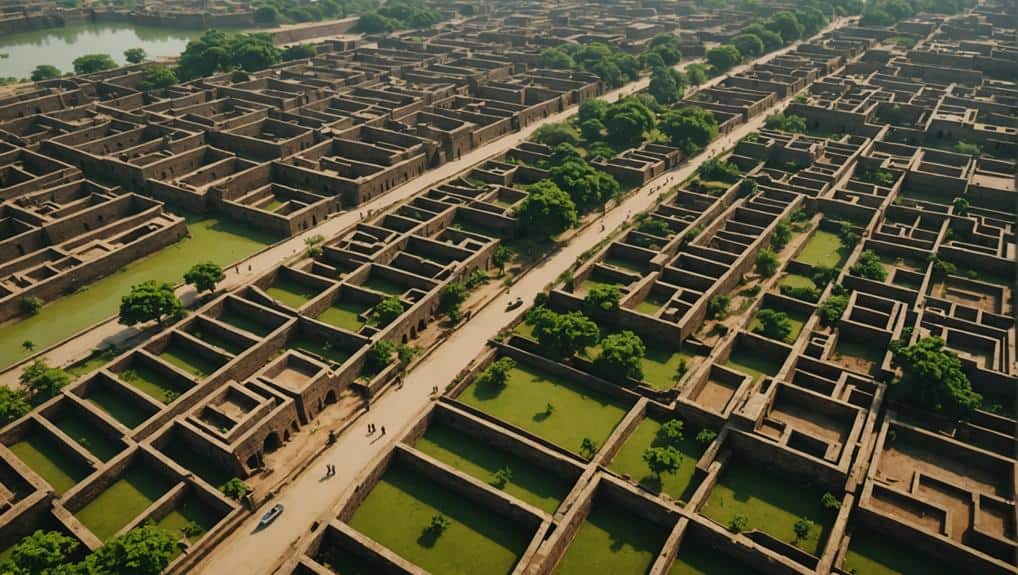
Lothal: the Harbor City With Remarkable Urban Planning
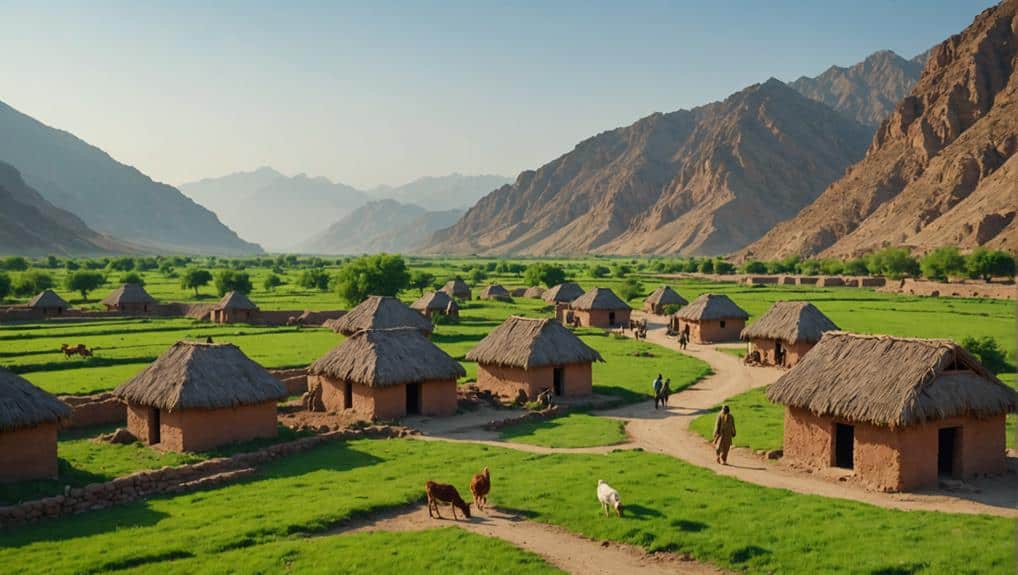
Domesticating the Wild: How the Indus Valley Pioneered Animal Husbandry
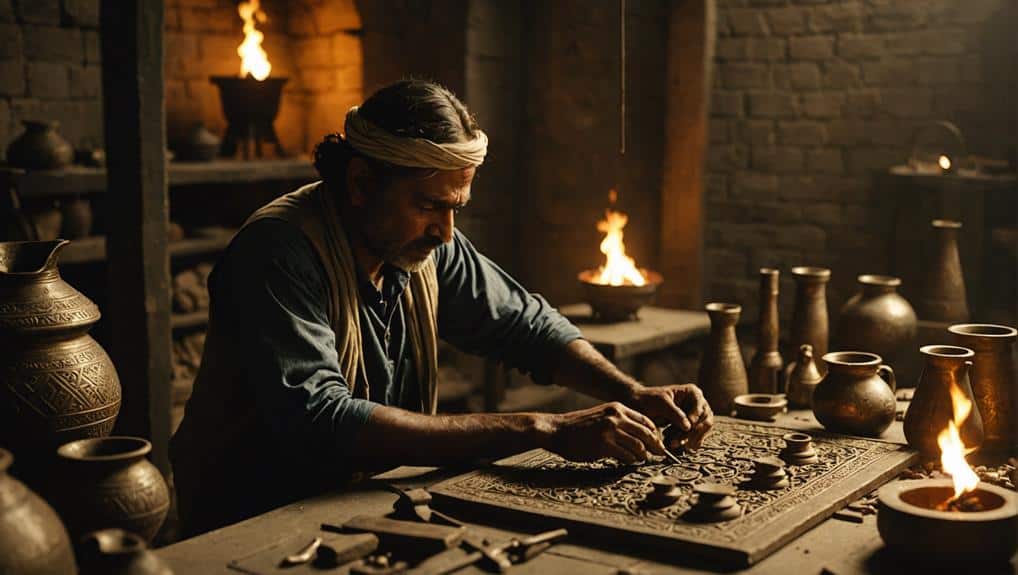
Metal Masters: The Advanced Metalworking Techniques of the Indus Valley

Ancient Bling: The Stunning Jewelry of the Indus Valley
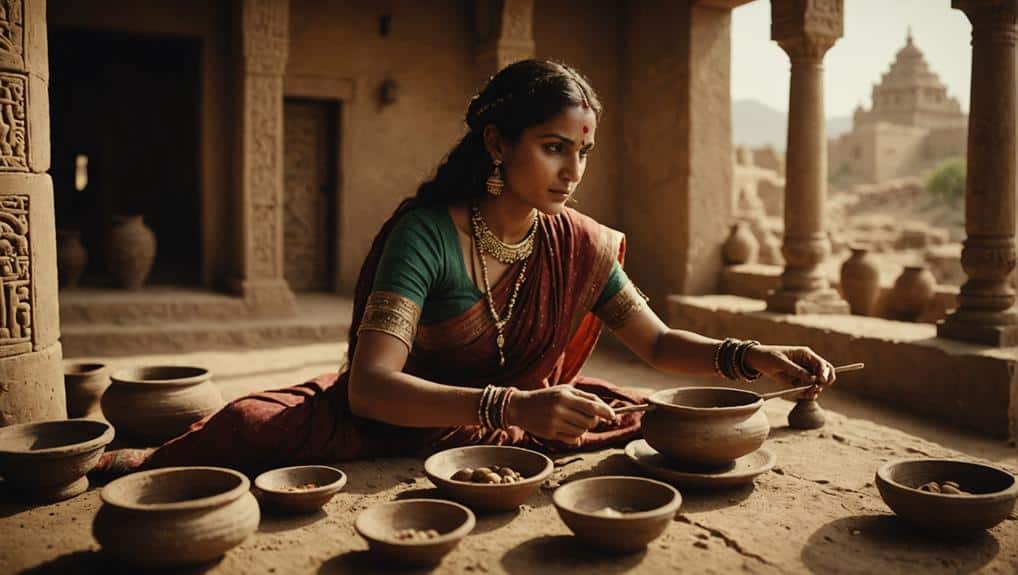
Empowered Women: The Influential Roles of Women in the Indus Valley Civilization
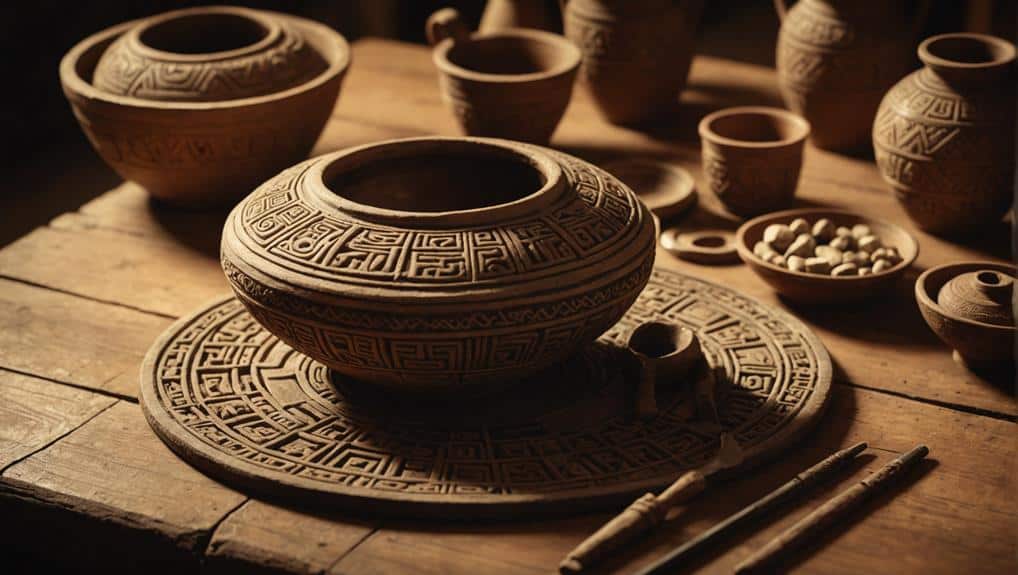
Unearthing Beauty: The Intricate Pottery of the Indus Valley
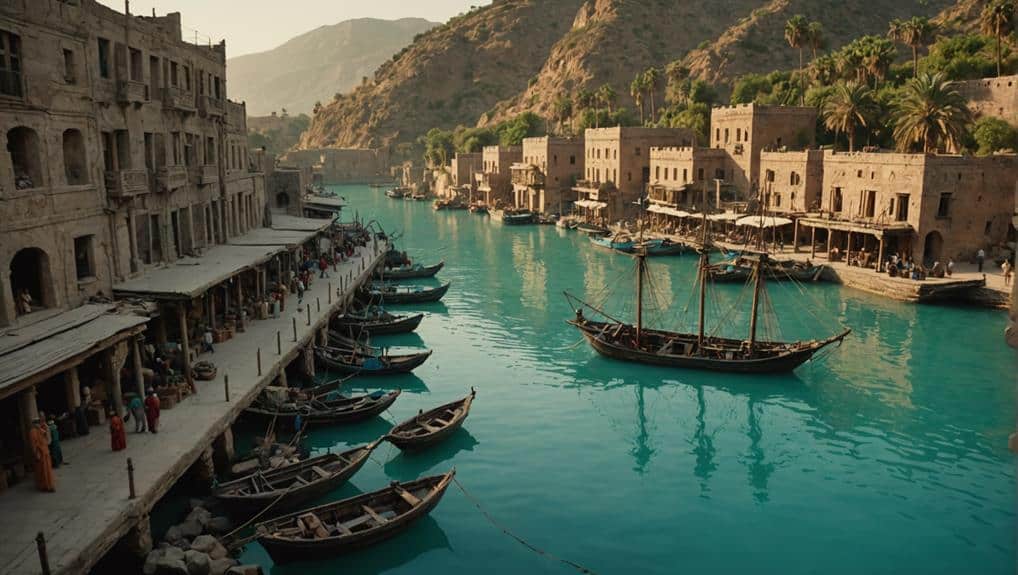
Seafarers of the Ancient World: The Maritime Trade of the Indus Valley
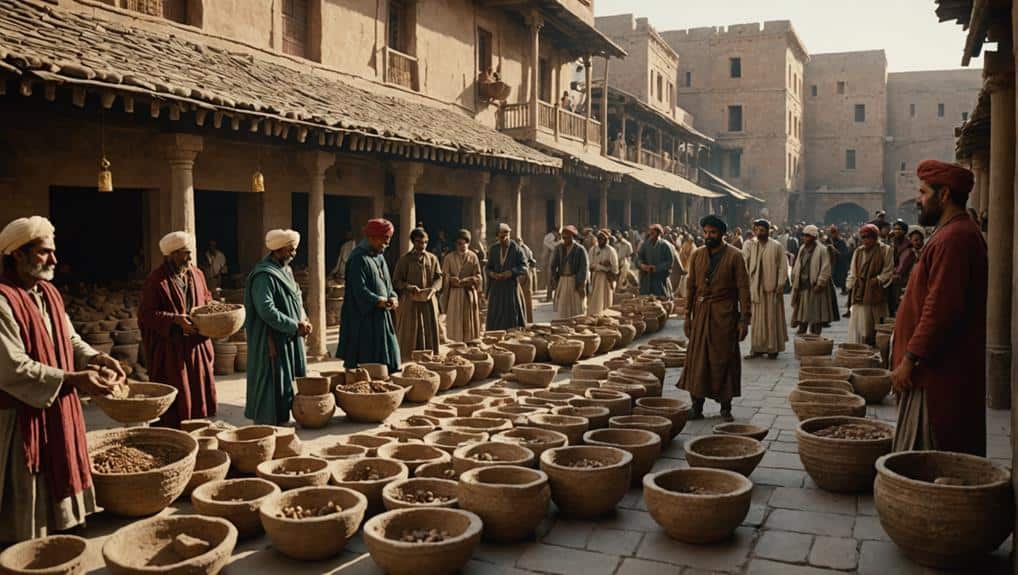
Precision in Antiquity: The Sophisticated Weights and Measures of the Indus Valley
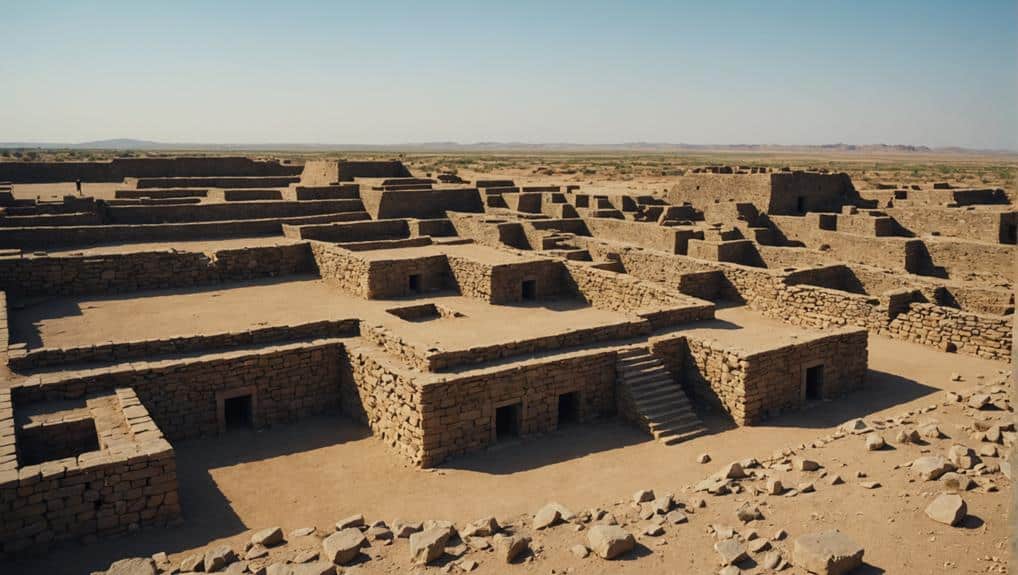
Dholavira: Exploring One of the Greatest Indus Valley Cities
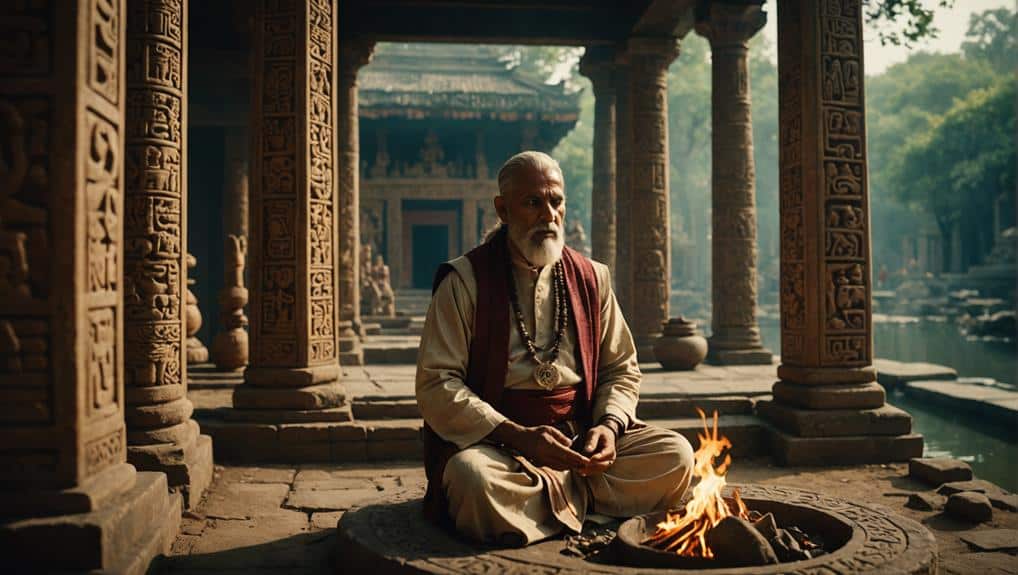
Secrets of the Sacred: The Unknown Religious Practices of the Indus Valley
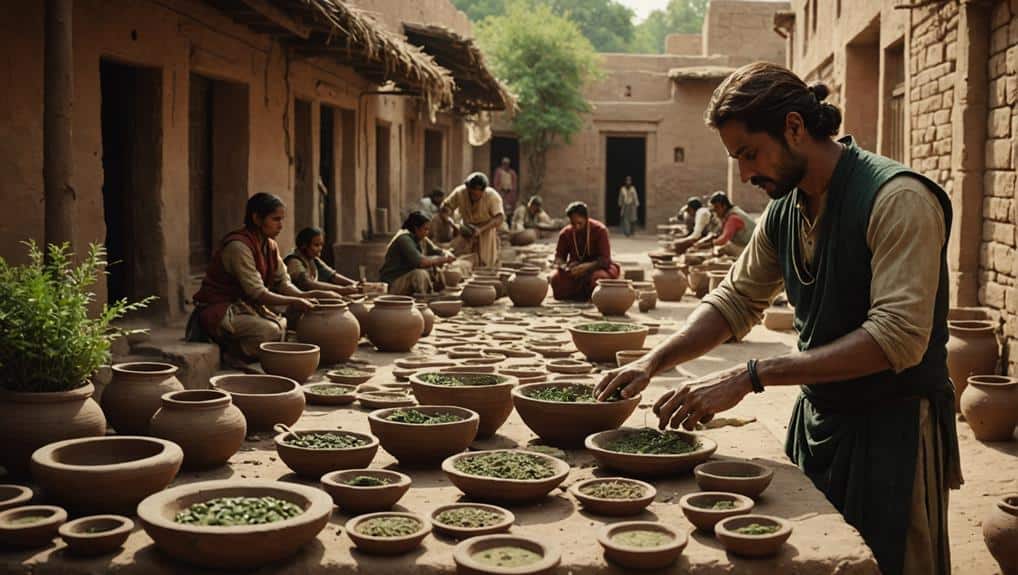
Uncovering Artistry: The Exquisite Craftsmanship of the Indus Valley
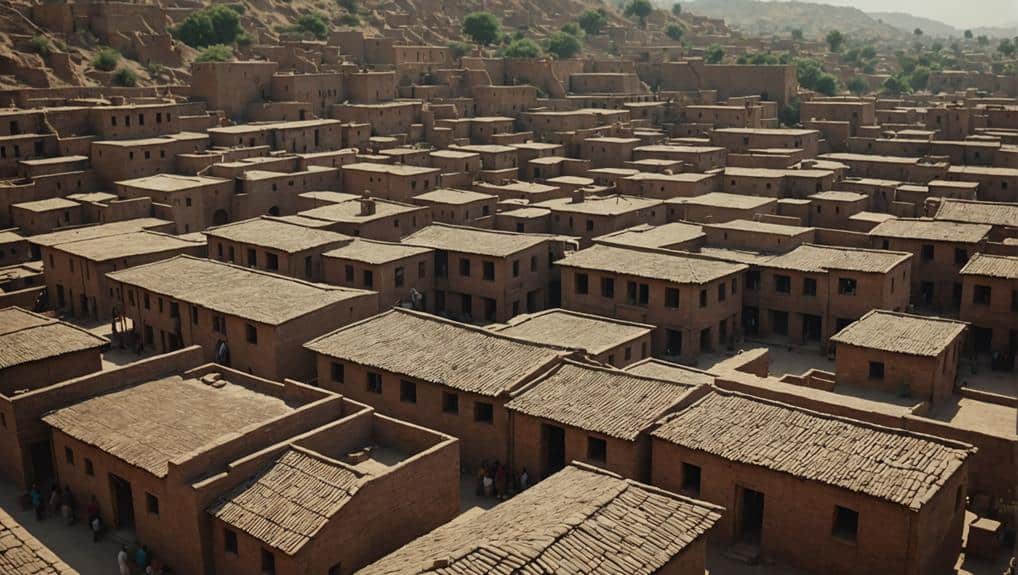
Classless Society? The Social Structure of the Indus Valley Civilization
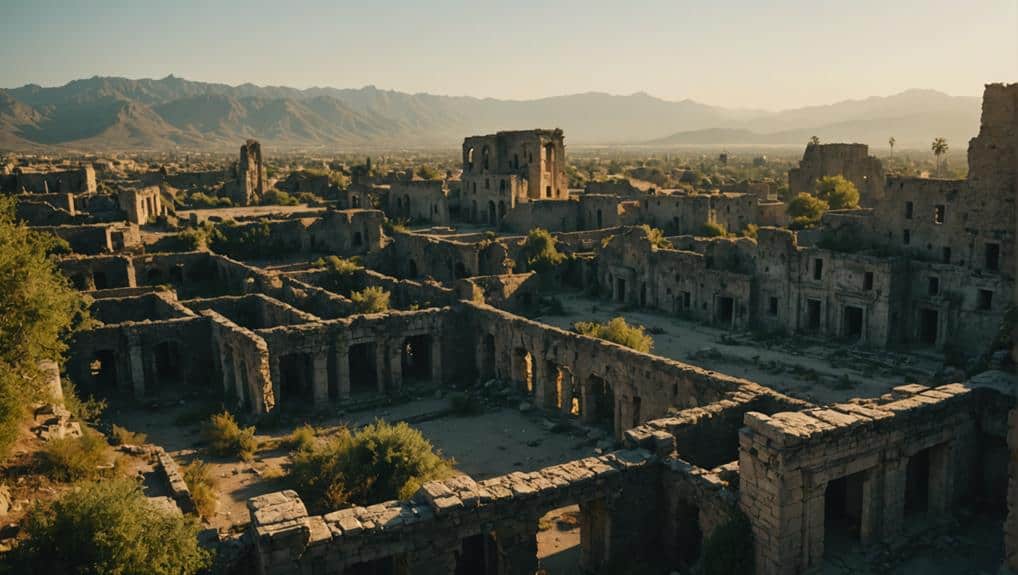
Unsolved Mysteries: Why Did the Indus Valley Civilization Vanish?
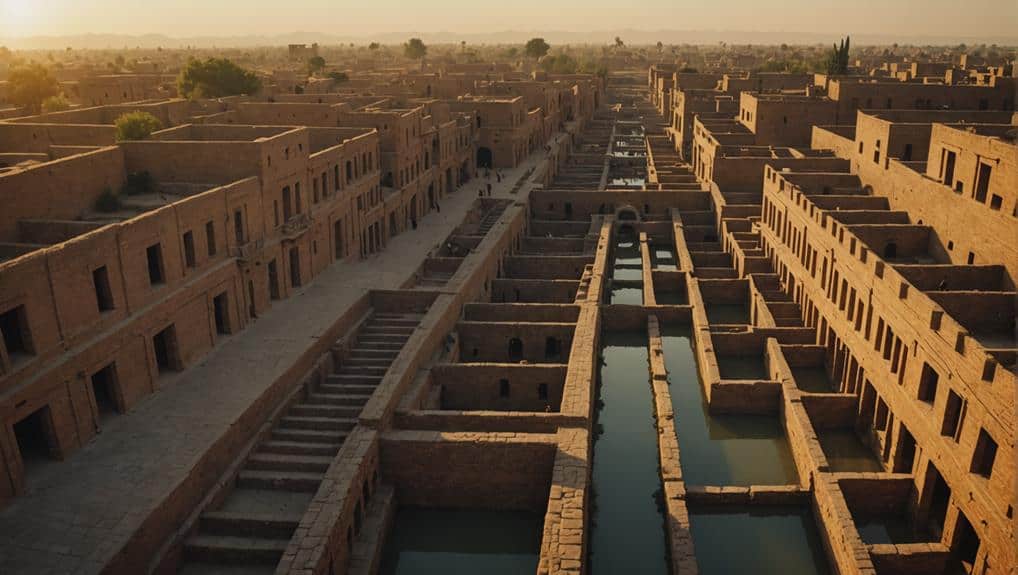
Ahead of Their Time: The Advanced Sanitation Systems of the Indus Valley
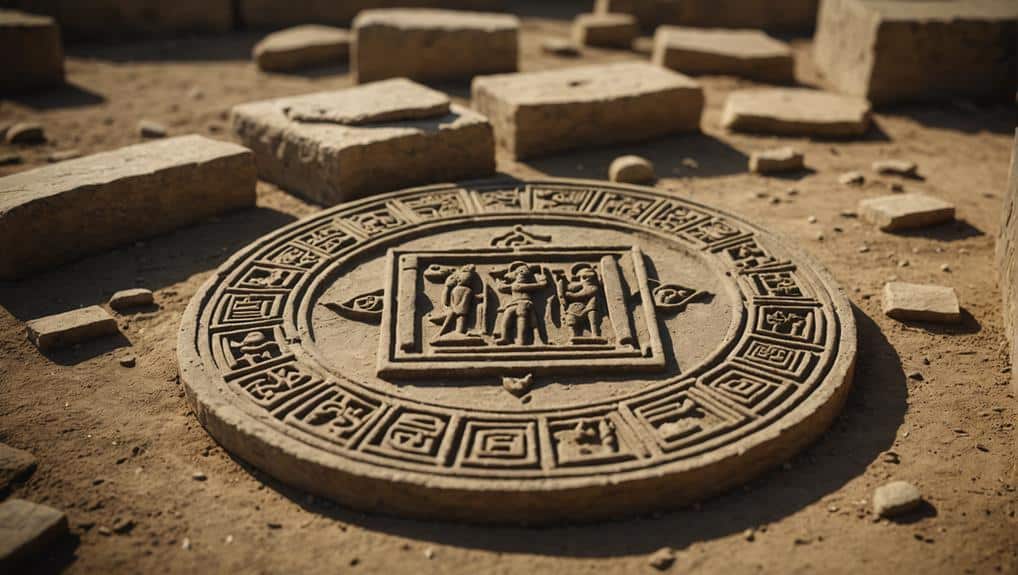
The Enigmatic Seals of Harappa: What Do They Really Mean?

How the Indus Valley Civilization's Trade Network Spanned the Ancient World
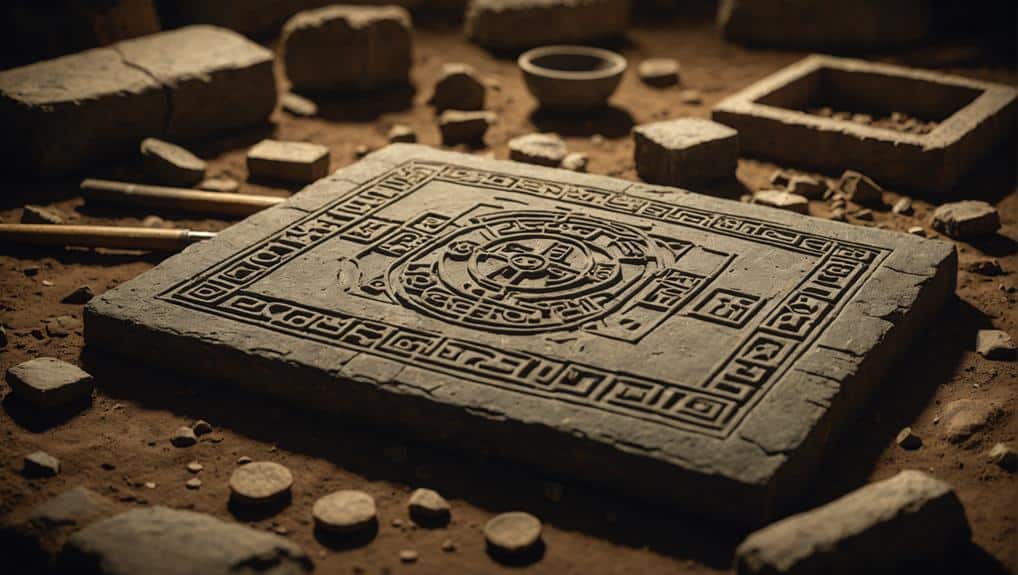
Cracking the Code: The Mysterious Indus Script That No One Can Read
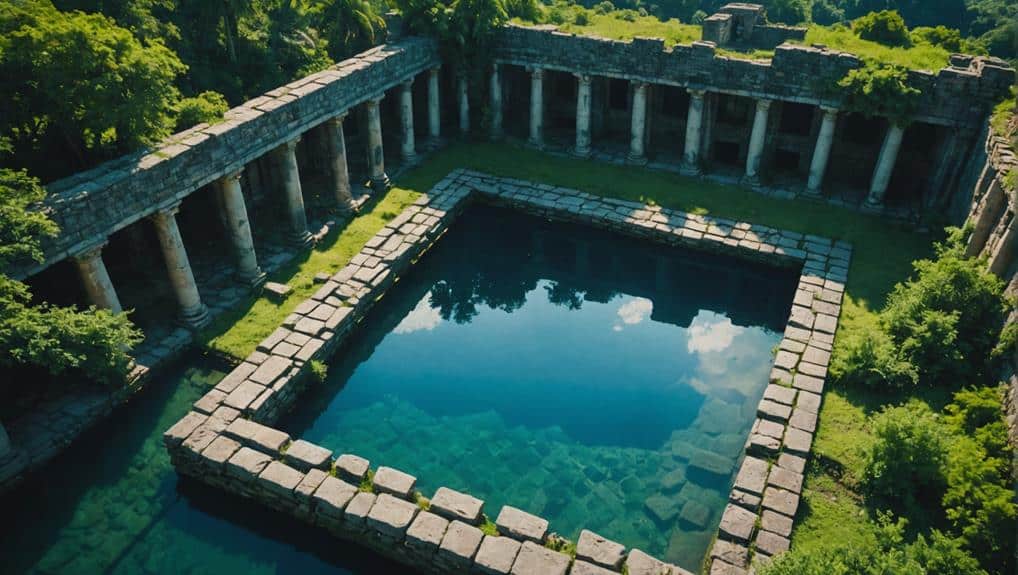
Discover the Great Bath: Was It the World's First Swimming Pool?
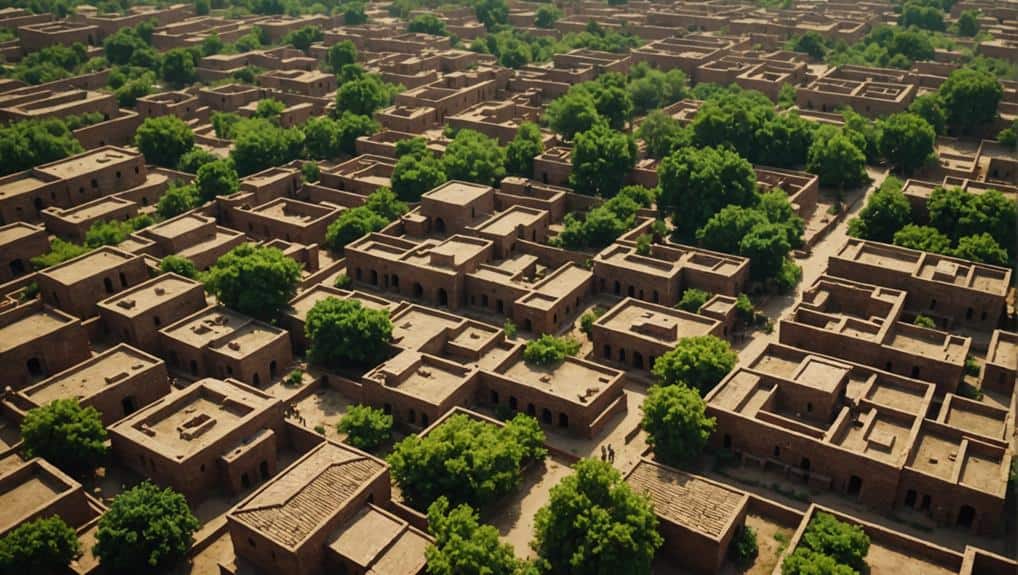
Ancient Masterminds: The Ingenious Urban Planning of the Indus Valley
